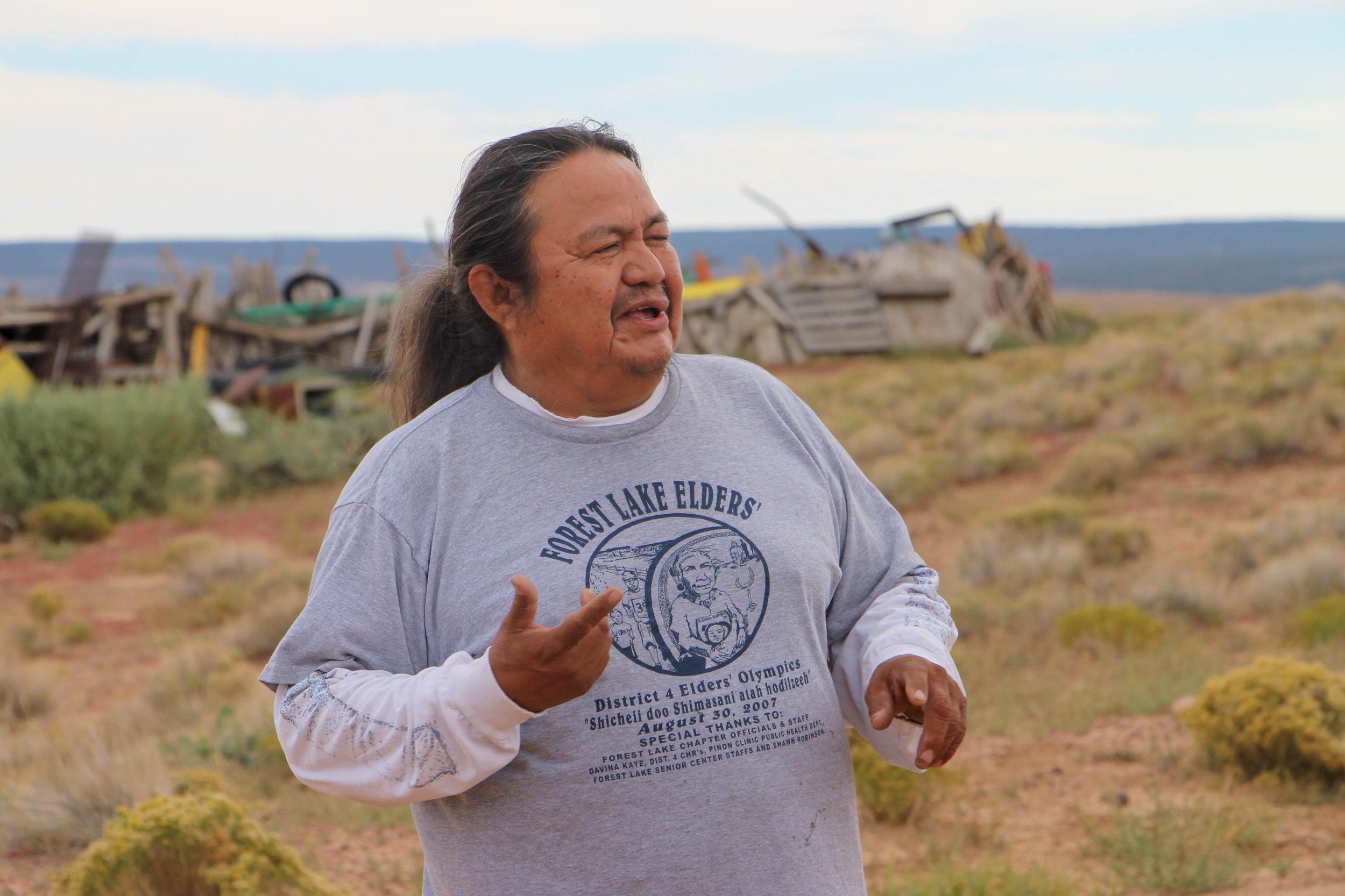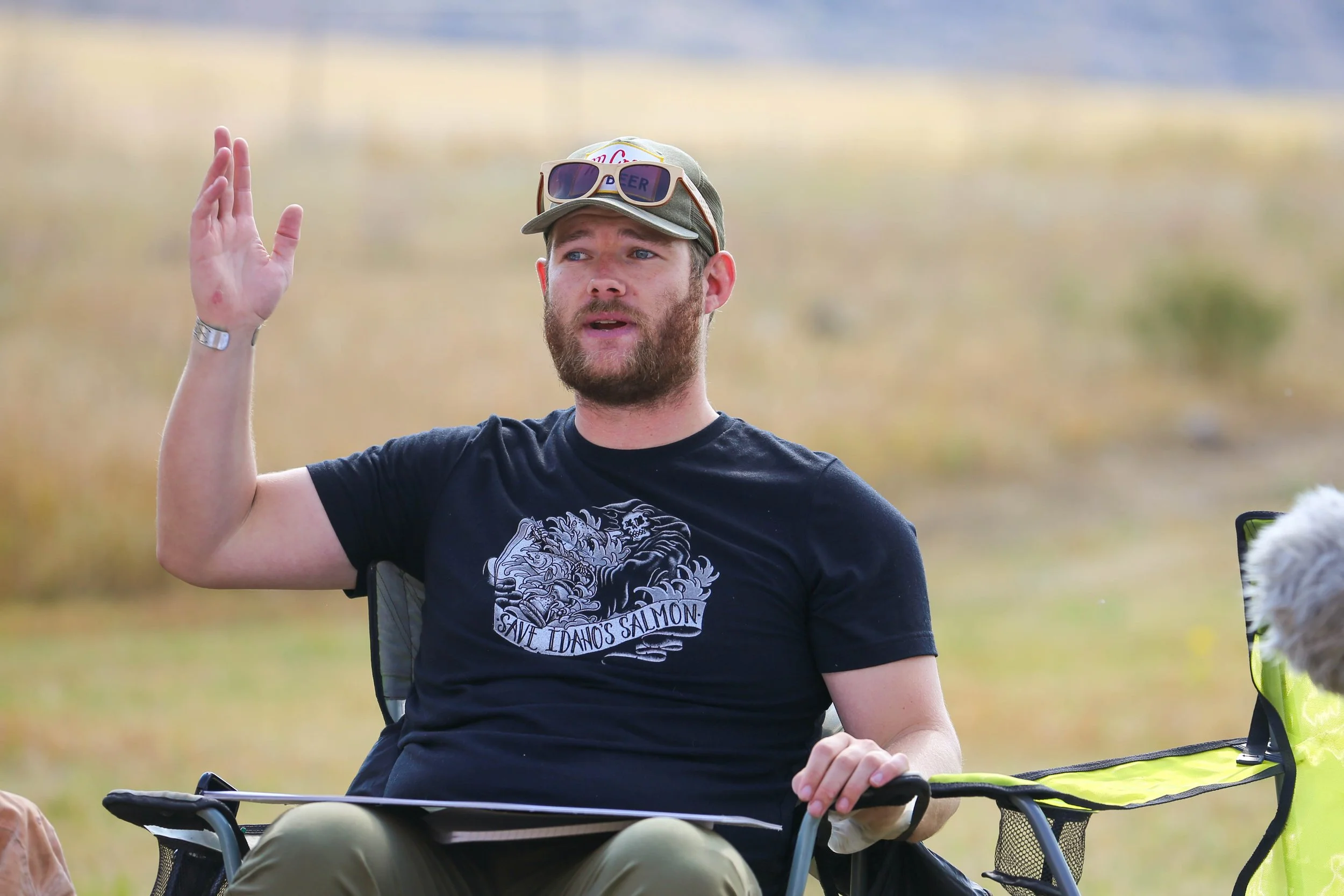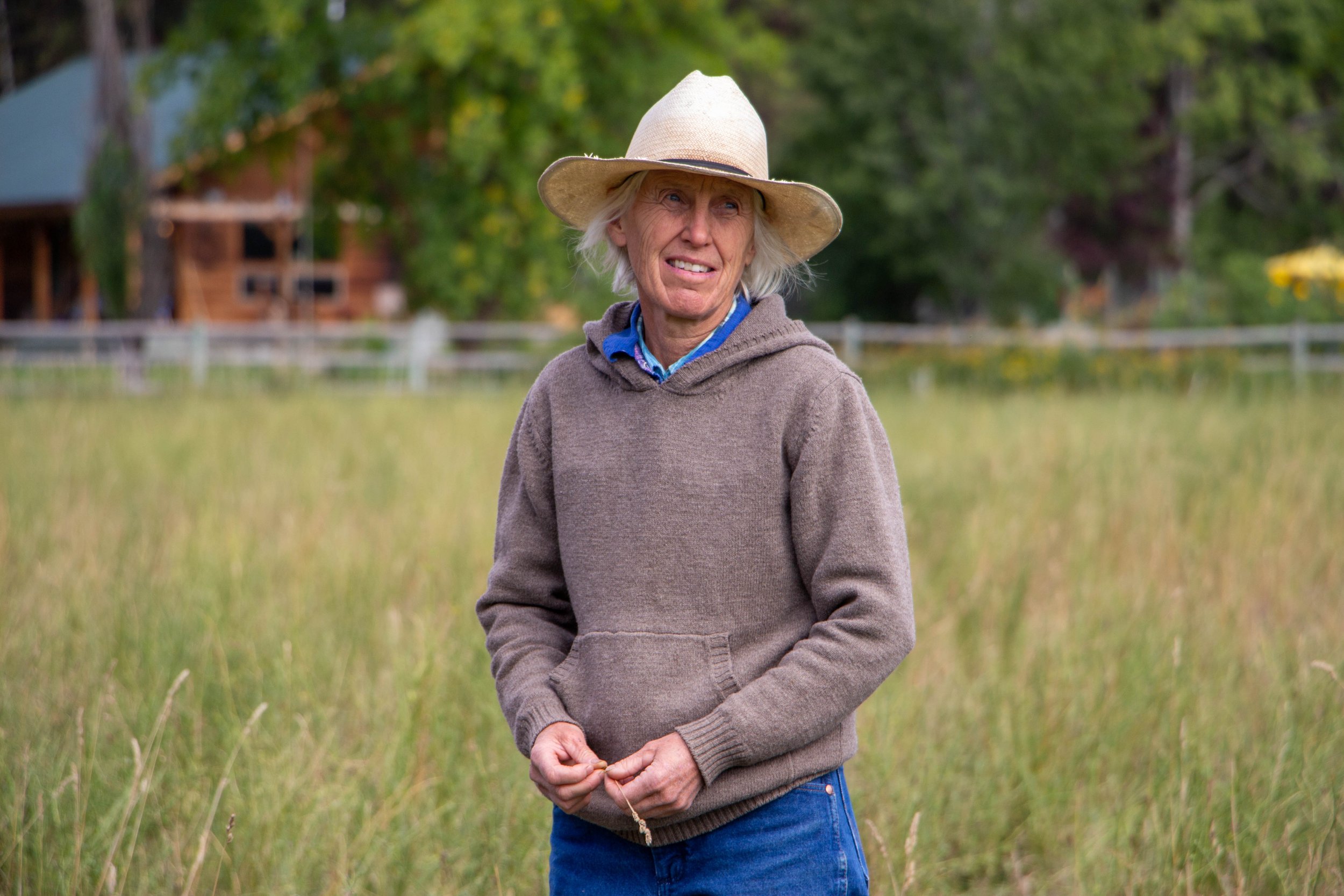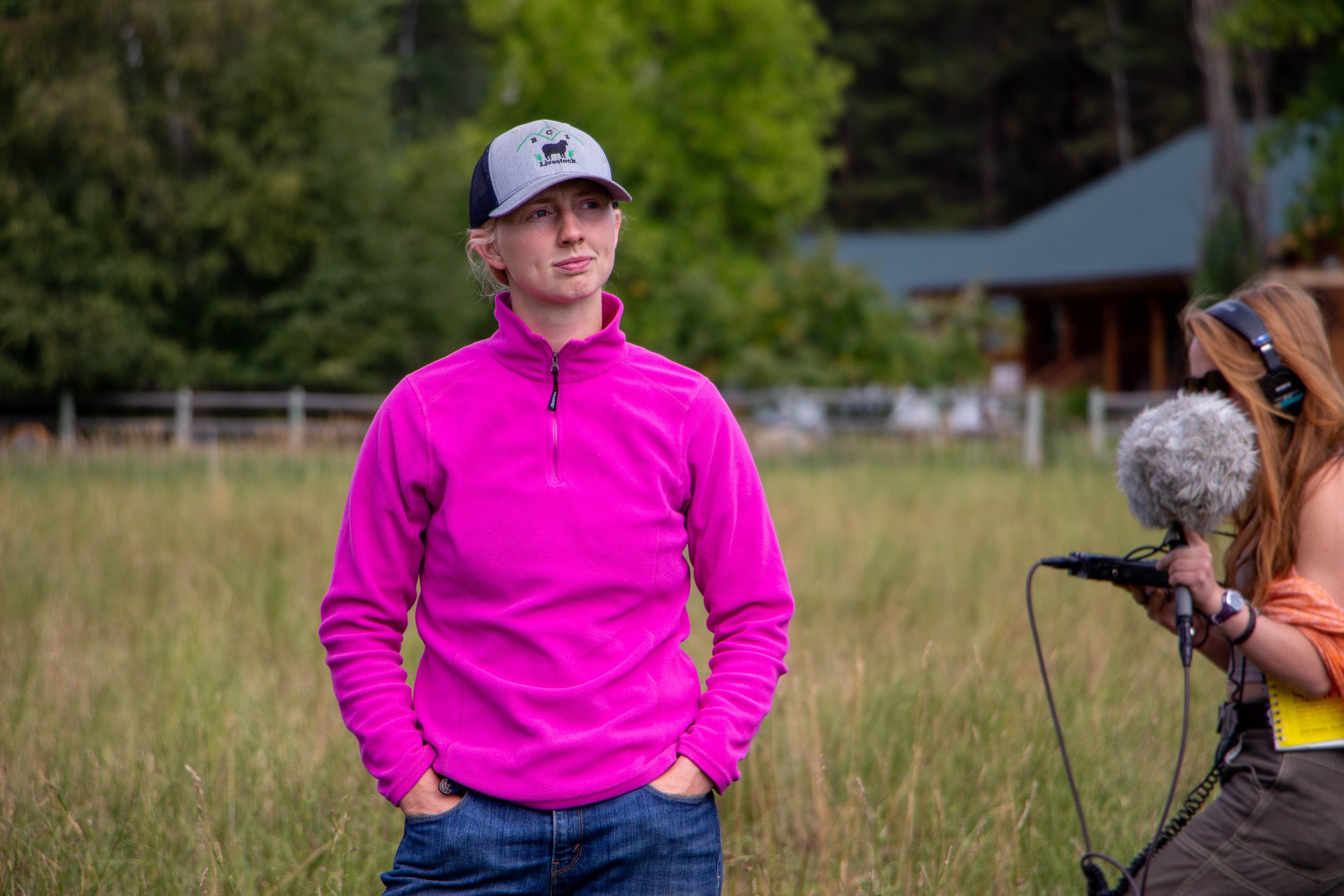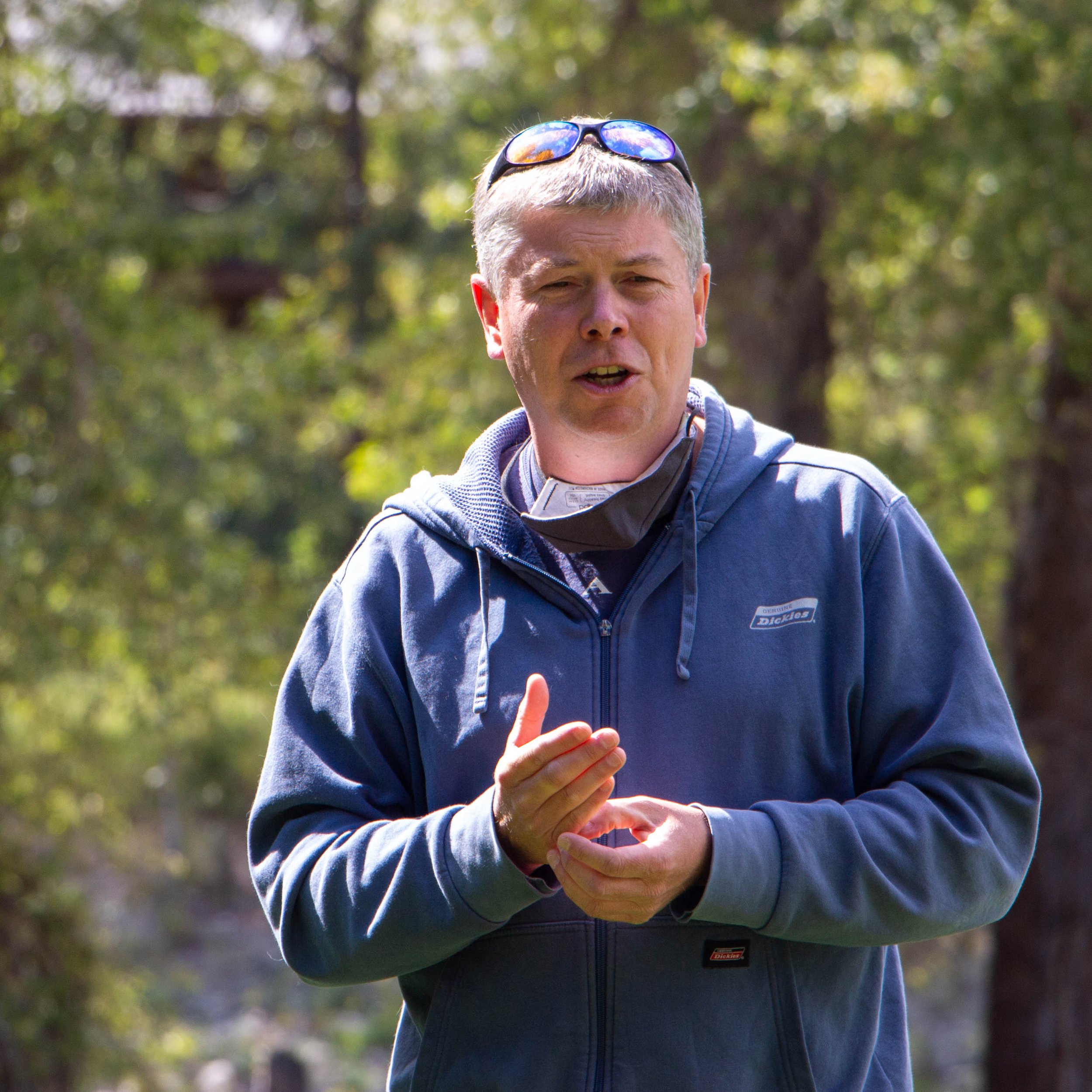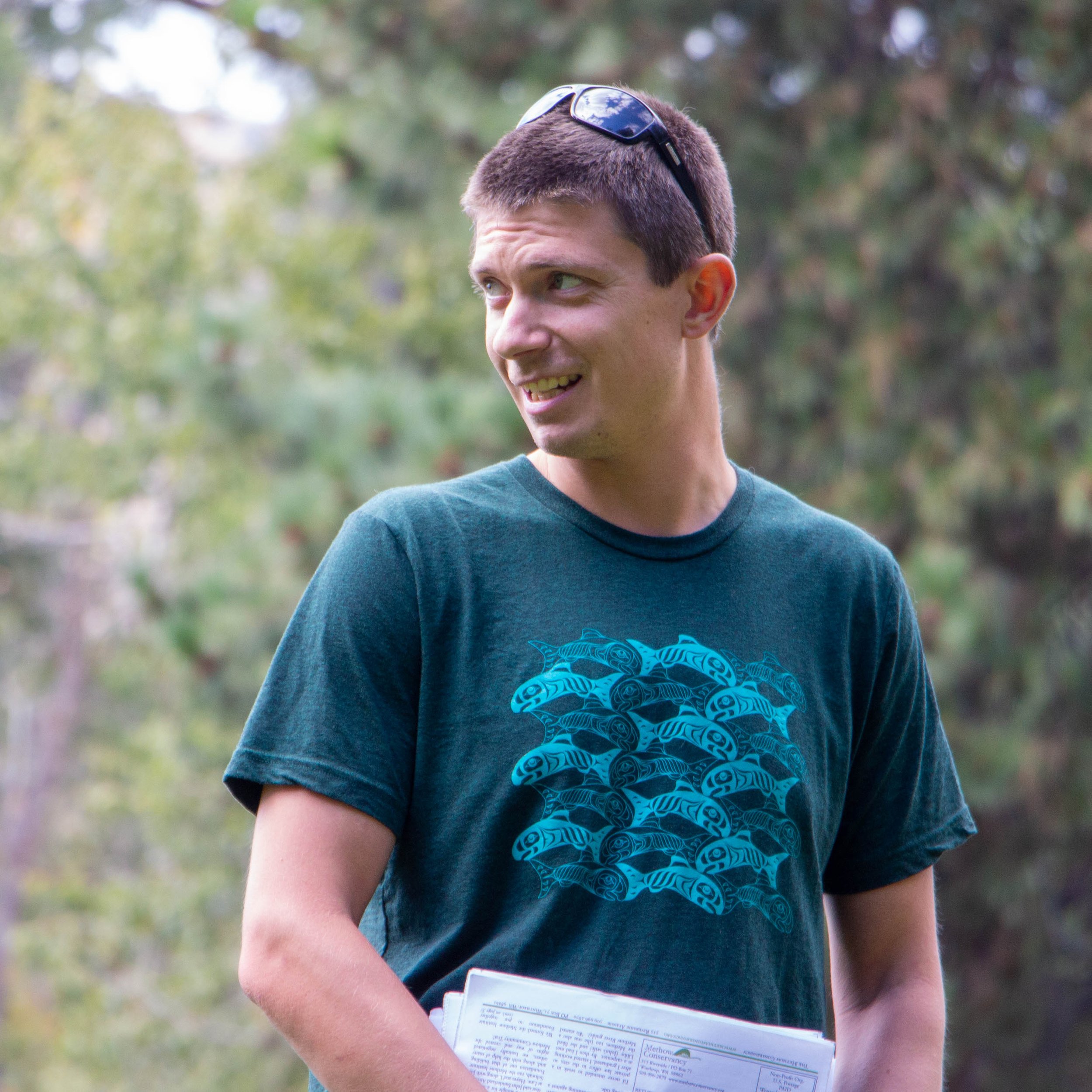Richard Graymountain
San Juan Southern Paiute Tribal Councilmember and medicine man
Navajo Mountain, AZ / Navajo Nation
9/26/21
Sitting next to a crackling fire beneath Navajo Mountain, medicine man Richard Graymountain describes the frictions associated with Diné (Navajo) and San Juan Southern Paiute tribal membership in the age of ever-expanding modernity. He observes that young Diné people who have grown up with indoor spaces and the luxuries they provide—electricity, heating and cooling—do not realize the importance of becoming familiar and comfortable on their ancestral land.
Graymountain is a vestige of declining customs, believing in the importance of traditional cultural values. Passing those on has become more and more difficult with the imposition of Western society, and a pandemic that prevents people from gathering in their typical tight-knit fashion. However, with a spot on the San Juan Southern Paiute tribal council, Graymountain is able to have some influence over the direction and values of the tribe. One impactful and direct way he’s achieved this recovery is by emphasizing the cultural importance of oral tradition. Historically, all accumulated knowledge was passed down in this manner. During his time on the tribal council, Graymountain has endeavored to pass on the Navajo and Paiute languages. Most notably, he has revived forgotten songs by teaching them to children. Through ceremonies, storytelling, and song, Richard Graymountain helps to breathe life into the Navajo and Paiute languages, igniting new generations.
By Ruthie Colburn



